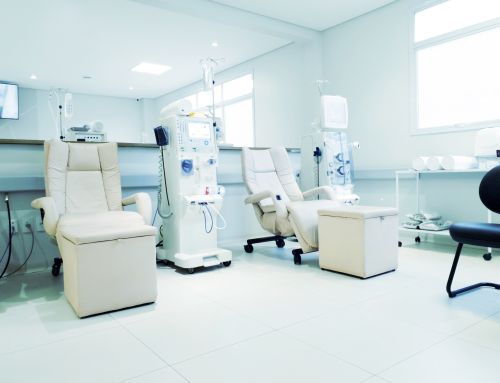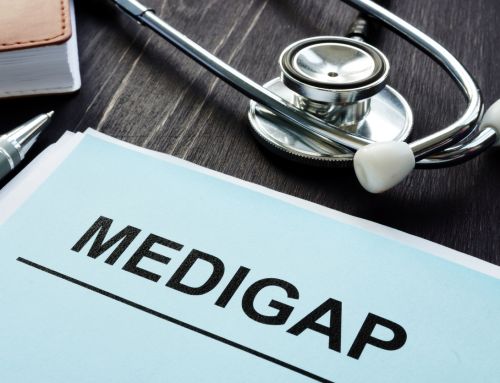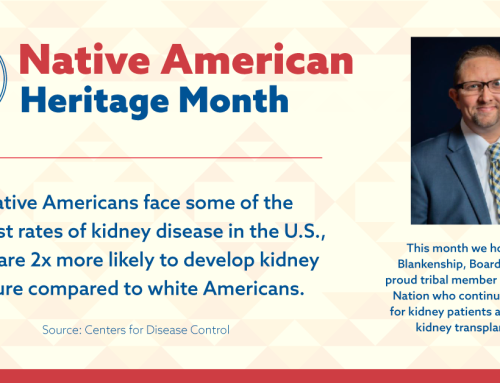Last week, the Centers for Medicare & Medicaid Services (CMS) proposed what they called “innovative changes” to the payment rule for the End-Stage Renal Disease (ESRD) program.
The rule includes a “proposal to address new renal dialysis drug and biological costs and foster innovations in treatment by incentivizing new therapies for patients on dialysis and a proposal to reduce facility-related documentation burden.” It contains the first changes to the ESRD Quality Incentive Program (QIP) since last year’s announcement of CMS’ “Meaningful Measures” Initiative.
Funding for Dialysis
The proposed 2019 ESRD base rate is $235.82, an increase of $3.45 to the current base rate of $232.37. This reflects a reduced market basket increase (1.5 percent) as required by Congress. Next year, Medicare expects to pay approximately $10.6 billion to about 7,000 ESRD facilities for the costs of furnishing dialysis services. Overall, facilities should receive a $190 million increase in reimbursement and an additional $30 million in co-insurance from Medicare beneficiaries and Medicare Supplemental insurance.
Promoting Innovation
The rule expands the ESRD Transitional Drug Add-on Payment Adjustment (TDAPA) to “encourage the use of new drug therapies by promoting innovation in the program in order to encourage the development and use of new treatments and therapies.” As a “bundled payment,” the ESRD payment for dialysis is supposed to encompass most aspects of ESRD care. A disadvantage of the “care bundle” is that if an element of care improves but costs more, the payment is not automatically increased to cover the new, improved element. The rule change is supposed to reassure inventors and investors that their work on improving dialysis technology will be rewarded.
Quality Program
The rule proposes removing four “Reporting Measures” from the ESRD Quality Incentive Program (QIP) to align with the Meaningful Measures Initiative: Healthcare Personnel Influenza Vaccination, Pain Assessment and Follow-Up, Serum Phosphorus, and Anemia Management (the QIP still measures the number of transfusions to ensure that anemia is controlled). A reporting measure is a measure that facilities must report to CMS but which is not graded. Effective in 2021, there will be no more ungraded measures.
CMS says its rationale for removing these four measures is that “the cost associated with [each] measure outweighs the benefit of its continued use in the program.” This is a new criterion for CMS’ pay-for-performance programs that is causing controversy among patient advocates. CMS says “the proposals to remove these measures are consistent with CMS’ commitment to using a smaller set of more meaningful measures. CMS is focusing on measures that provide opportunities to reduce both paperwork and reporting burden on providers, and patient-centered outcome measures rather than process measures.”
CMS also proposes adopting two new measures: Percentage of Prevalent Patients Waitlisted for transplants, and Medication Reconciliation for Patients Receiving Care at Dialysis Facilities.






























